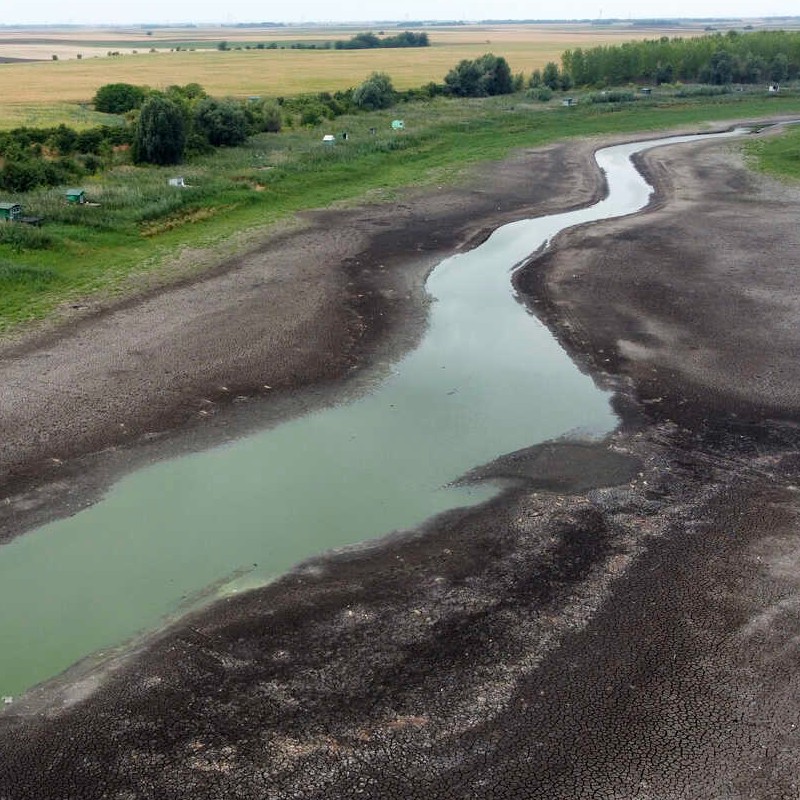Published:
Across the globe, water scarcity is beginning to affect more and more people. Climate change, broken pipes, and poor water infrastructure systems have all played a role in causing water scarcity for residents in various parts of the world.
In the capital city of Mississippi, Jackson, there is a massive water shortage. The residents have been advised not to drink the water, as it is raw water from revisors. About 180,000 residents of Jackson no longer have running water, and there is no telling when this issue will be resolved, especially given the hefty, estimated cost of at least $ 1 billion to resolve the issue at hand. The lack of running water is the result of poor maintenance over the last several decades.
Italy has declared a state of emergency as the Po River, Italy’s longest river, has dried up. Historically, the river has served as a vital transportation mode for ships, which has given the country the nickname “the king of rivers.” About one-third of Italy’s population and more than half of the country’s cattle and pig population live around the PO, so consumers can expect to see an increase in prices for crops and meat, as it will be harder to keep crops and cattle properly hydrated.
In Europe specifically, there are two primary reasons for this water shortage: the lack of rainfall over the last three years, along with the general rise in temperatures thanks to climate change. Portugal also recorded its hottest July ever, which helps explain why 99% of the country is in an extreme drought. This drought has already caused increases in water prices along with bans on services that use large amounts of water, such as street cleaning.
Half of Europe has been affected in some way by the drought. This drought isn’t going to end any time soon, and is likely to be the worst dry period in about 500 years. A study completed in 2020 revealed that about 4 billion people experience some form of water scarcity for at least one month out of the year. This number is likely to double in size if global warming cannot be limited to below 2 degrees Celsius, as outlined in the Paris agreement. This isn’t likely, as the water-scarcity targets set by the UN Sustainable Development Goals are off track. Even if it is limited to below 2 degrees, water stress can still rise by 50% by the year 2050.
So what can we expect from this drought? To put it simply, we can expect damage to farm economies, more wildfires, an increase in threatened species, and smaller crop yields. Farmers are dealing with more damaged and lost crops, which will make it harder for them to turn a profit on the year. The lack of rain means forests and grasslands are very dry, and it will be very easy for them to catch fire and spread. The lack of rainfall will especially target aquatic species, as their homes in rivers and lakes are drying up. Soon, these species will die along with their homes.
To combat this drought, individuals and governments can try to reduce their water intake by not turning on sprinklers, avoiding using street cleaner vehicles, and taking shorter showers. It will take an international effort to combat this new drought problem.
File under






